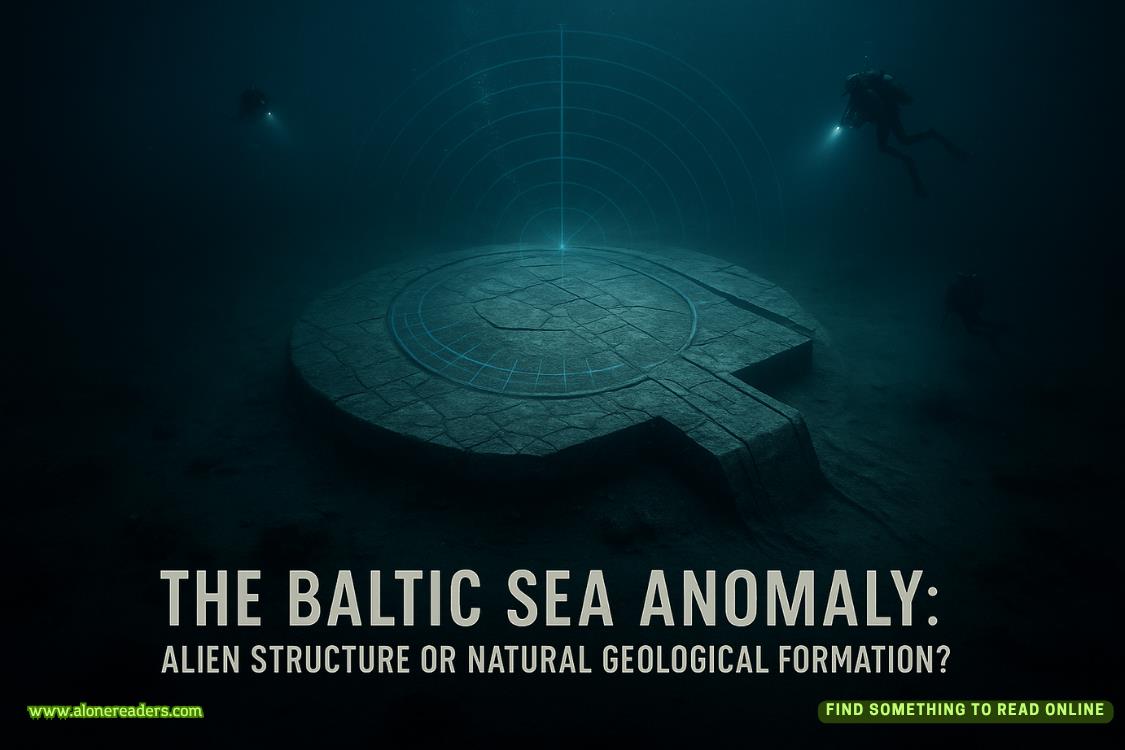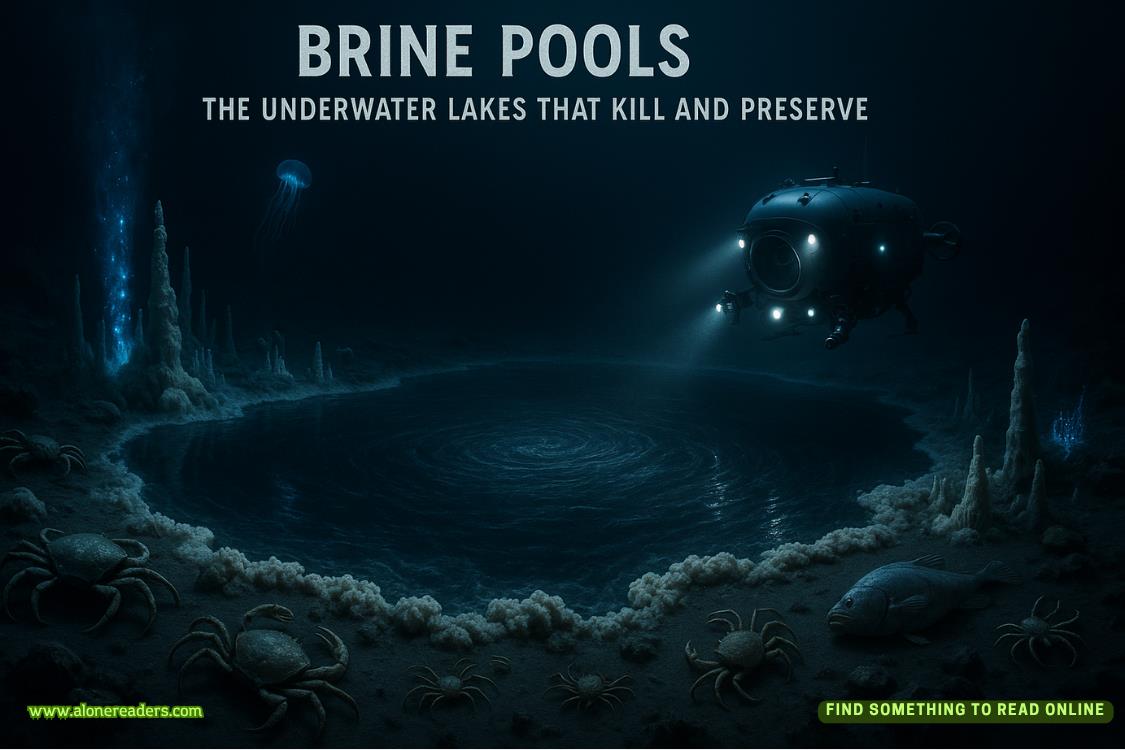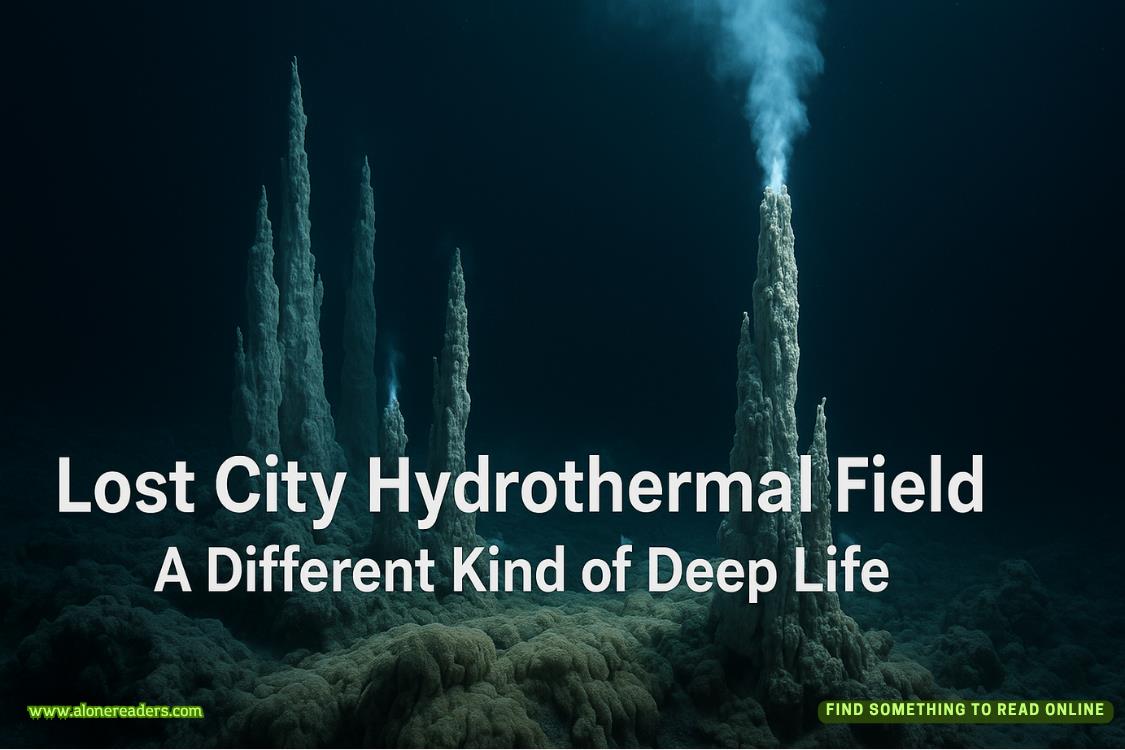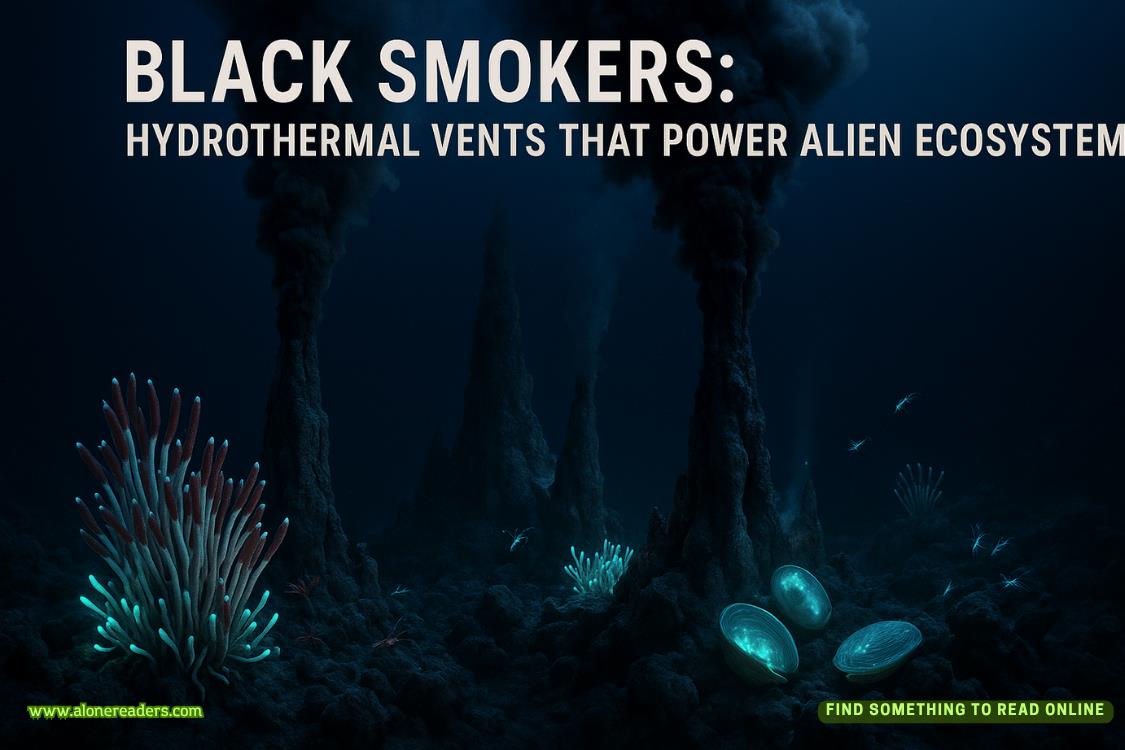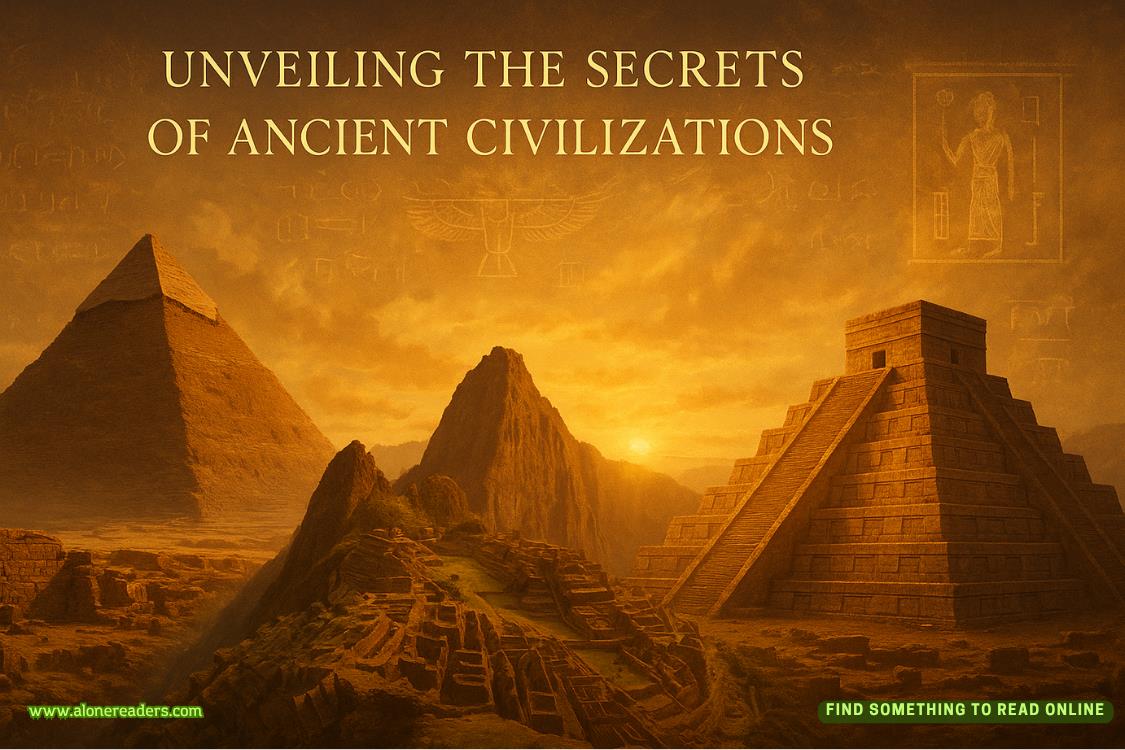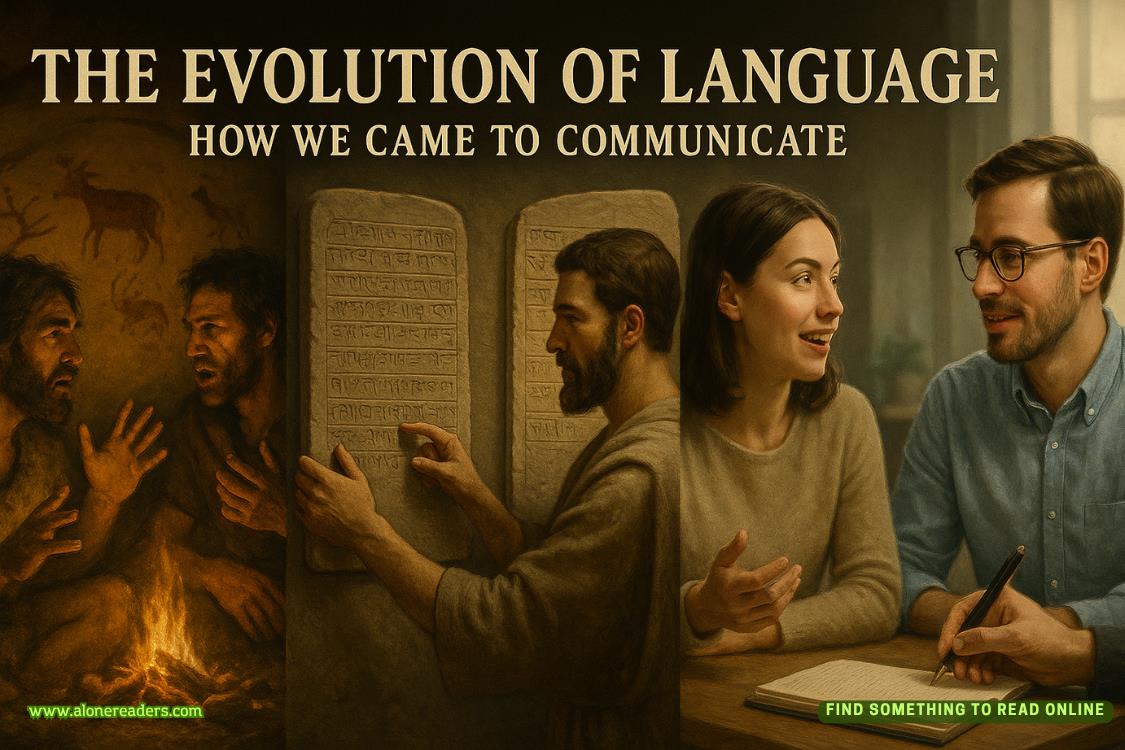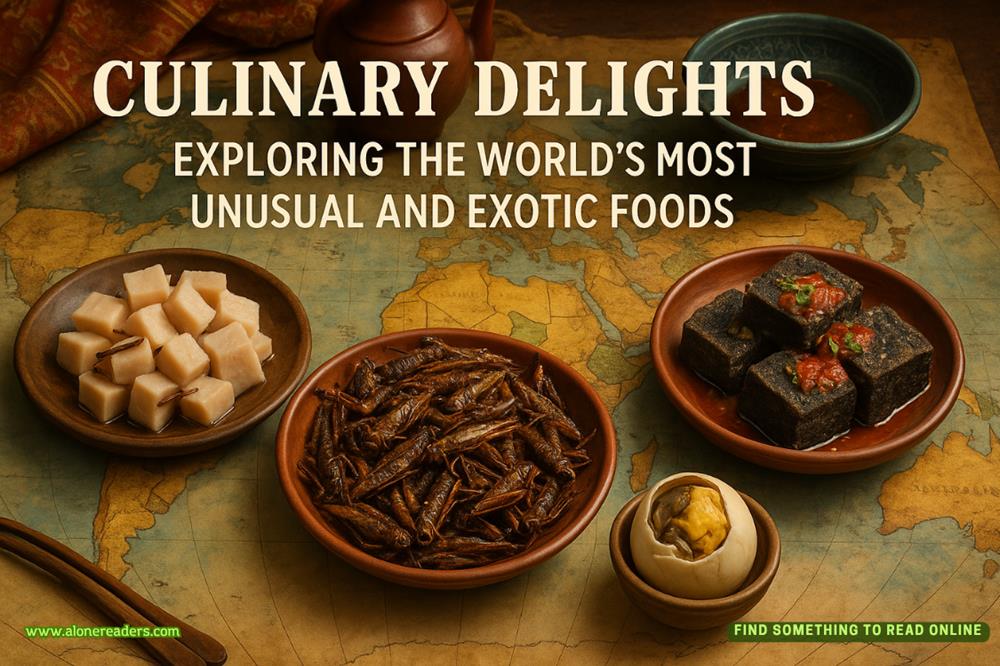Page 36 of Naga's Mate
Humans conceptualize murder. Nagas recognize territorial enforcement. Yet neither classification adequately encompasses what was done to our developing child—deliberate elimination of evolutionary possibility itself.
Through the transparent barrier dividing my healing chamber from Lyra's recovery space, I observe her resting form. The specialized medical platform adapts to her body's contours, supporting damaged tissues while administering targeted healing compounds. Even at this distance, my enhanced chemosensory abilities detect her ongoing struggle—cellular regeneration occurring alongside trauma transcending physical damage.
Seren enters with characteristic precision, her scales displaying the subdued patterns indicating formal reporting. "The Council requests updates regarding the human omega's recovery status," my second-in-command states, maintaining appropriate distance from the healing waters. "Particularly concerning future reproductive viability."
Predictable. The Council's interest has nothing to do with Lyra as an individual, nor even the scientific breakthroughs our collaboration yielded. Their concern extends only to breeding potential, to statistical probabilities of successful hybrid offspring in subsequent cycles.
"Inform the Council that recovery progresses as anticipated," I reply, maintaining neutral tone despite uncharacteristic irritation rising within. "Comprehensive medical documentation will follow established protocols."
Seren's scales shift in patterns conveying subtle concern—not at my response but my atypical position. Leadership rarely occupies healing chambers when physical recovery isn't required.
"The human resistance has been completely eliminated from the wetland transition zone," she continues. "Seventeen neutralizations, three captives for intelligence extraction. All materials documenting their experimental compounds have been secured for analysis."
"And the juveniles?" I ask, though I already anticipate her answer.
"The remains have been prepared according to ancestral protocols. The mourning ceremony commences with tomorrow's lunar alignment."
Something constricts uncomfortably within my chest. The three juvenile nagas murdered by the resistance will receive our species' highest honors, their scales preserved in living memorial walls, their essence returned to ancestral waters. Yet our hybrid offspring—the unprecedented creation representing evolutionary breakthrough—receives nothing. No acknowledgment, no ceremony, no recognition of potential destroyed.
Naga culture acknowledges loss primarily through territorial or hierarchical frameworks. We mourn failed conquests, diminished territories, reduced breeding opportunities. We lack rituals for possibilities unrealized, for futures prematurely terminated, for connections severed before complete formation.
What I experience transcends these established categories entirely. The offspring represented something beyond mere breeding success—a genuine evolutionary development potentially bridging the divide between species. Not simply viable hybrid life, but adaptation potentially transforming both human and naga understanding of biological possibility.
After Seren departs, I emerge from the therapeutic waters, droplets cascading from my scales as I move through connecting chambers toward Lyra's recovery room. Without conscious decision, I collect specimens from our collaborative research—specialized botanical hybrids we cultivated before her extraction. These living samples represent our most significant achievements, plants responsive to both human touch and naga biochemistry in previously impossible ways.
Her eyes open as I enter, that remarkable amber coloration dulled by medication but still carrying the analytical intelligence that initially captured my attention. Her gaze tracks my movement with scientific assessment automatically layered above caution, wariness, and something else—something indefinable.
"You've brought the hyacinth variant," she observes, voice still roughened from treatment. "The specimen with modified chemoreceptors."
"Your stabilization formula demonstrated remarkable efficacy," I reply, positioning the specialized container where she can examine the specimen without strain. "Germination success increased by thirty-seven percent."
This exchange—this neutral territory of scientific discussion—provides ground where interaction can occur without directly addressing our severed connection. Without acknowledging that her choice to accept extraction meant consciously terminating our offspring. Without confronting the emptiness where possibility once flourished.
Most surprising, even to myself, is my continued restraint regarding physical claiming. Alpha imperative pulses within like secondary heartbeat—reclaim, reestablish dominance, mark territory violated by others. Yet I find myself unwilling to risk further damage to her recovering system. Beyond that, unwilling to force renewal of connection that requires something exceeding mere biological imperative to genuinely restore.
This deliberate suppression of alpha nature represents unprecedented self-restraint, challenging fundamental assumptions about my own identity. Nagas don't resist instinct; we channel and direct it toward strategic advantage. Yet here I remain, coils arranged at careful distance from her recovery platform, venom glands producing claiming compounds I deliberately withhold.
Days pass in this careful pattern. I bring research specimens creating neutral discussion territory. We review experimental data as if scientific collaboration might somehow bridge the chasm between us. Medical specialists arrive and depart, their assessments confirming her extraordinary recovery capacity despite damage inflicted by resistance compounds.
One evening, as I adjust monitoring equipment beside her recovery platform, she poses the question hovering unspoken between us.
"When will you claim me again?" Her directness momentarily disrupts my composure, though such forthright inquiry aligns with her scientific approach to even captivity itself. "My body still requires the venom. The medical variants facilitate recovery, but they don't satisfy the dependency."
Her acknowledgment of continued biochemical need for what I provide should trigger satisfaction, perhaps dominance confirmation. Instead, it creates unexpected discomfort—recognition that her question stems from addiction rather than desire, from physiological necessity rather than conscious choice.
"When you are fully healed," I tell her, my coils briefly tightening around the edge of her platform. The answer emerges before complete formulation, surprising us both with its implication.
"My physical recovery progresses adequately," she counters, clinical assessment overriding emotional caution. "Tissue regeneration exceeds initial projections."
"I wasn't referring merely to physical healing." The words emerge with uncharacteristic hesitation. "But to the connection between us."
Her eyes widen slightly, recognition illuminating those amber depths. This acknowledgment of damage beyond physical trauma creates a moment of genuine vulnerability between us—territory neither has previously navigated. Not captor and captive, not researcher and subject, not even alpha and omega in conventional frameworks. Something without established parameters or predictable outcomes.
"The connection was forcibly established," she says finally, fingers unconsciously tracing patterns across her abdomen where our child once developed. "Biological imperatives and venom dependency creating artificial bonds."
"Perhaps initially," I concede, allowing truth necessary space. "But what evolved afterward transcended mere chemistry."
"How would you classify it, then?" The challenge carries no antagonism, merely scientific inquiry applied to emotional territory.
